
World War II Remnants – The Port of Tillamook Bay
The year was 1942 – World War II raged across Europe and the Pacific, while the United States became united in a state of panic. War planes screamed overhead as the Navy hurriedly built 17 hangars across the nation, with Tillamook Bay in Oregon being home to two of these massive structures. These hangars provided the country with blimp squadrons that would patrol the Pacific, acting as escorts for coastal convoys. Hangar B was constructed over the period of a rough 9 months, with build time lengthened by a harsh winter. Directly after its completion in the spring of 1943, hangar A was amazingly built in only 27 days. Hangar B still stands as one of the largest structures of its kind, at 1,072 feet long, 296 feet wide and 192 feet tall, with incredible doors measuring 120 feet tall and weighing 180 tons each. On August 22, 1992 when a large fire claimed hangar A, all anybody could do was watch as the colossal building burned. Remains of this structure can still be seen looming over the flat farm land, which surrounds it.
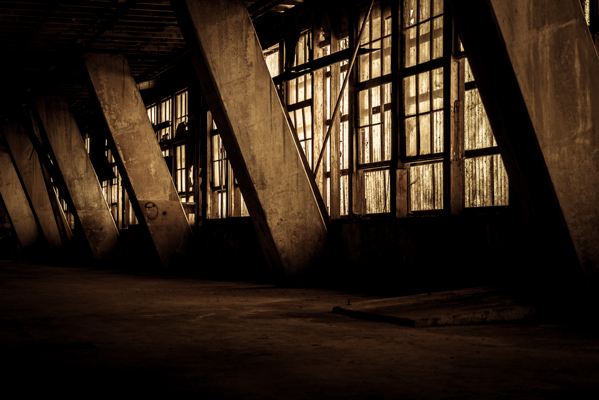
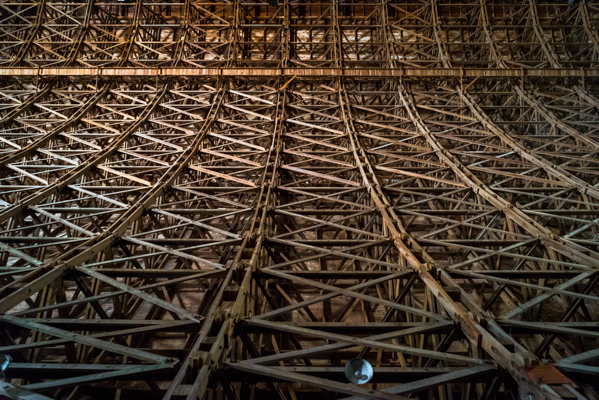

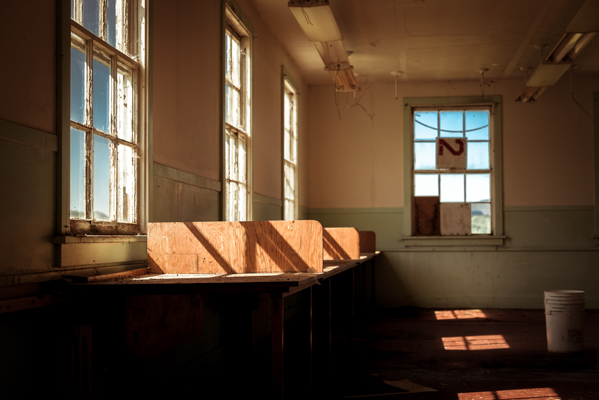
Originally, the port’s 1,600 acres held over 60 buildings, but as of today only 35 are left standing, some rapidly falling into a state of complete disrepair. The Port of Tillamoook Bay was also home to some main blimp squadrons during the war, including squadron ZP-33. This squadron was made up of eight K-class blimps, each holding crews of up to 10 people. While only lightly armed, they served a purpose in patrolling the coast with depth charges, protecting from possible submarine attacks on convoys.

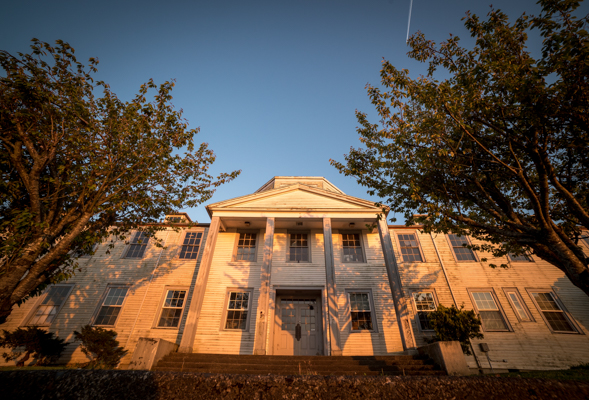

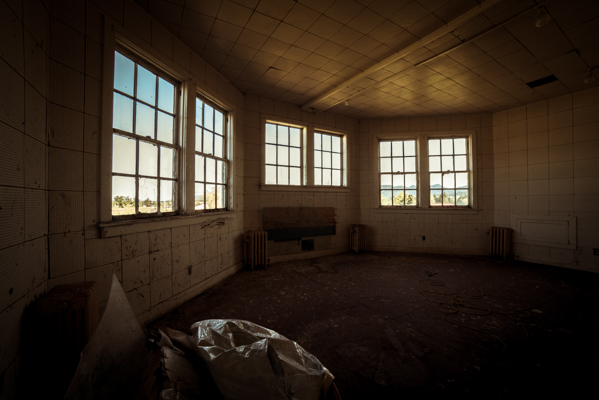
Tucked away in a forested area, winding pathways lead to 5 separate ammunitions bunkers. In some cases, blast walls were built to help protect from spread of an explosion, in case a bunker holding explosives had been attacked. Years of neglect have welcomed nature in a huge way as walls have become coated in moss and overgrowth. The natural rainforest, which surrounds them, continues to grow rapidly as trees now emerge from their roofs, while massive metal doors become further rusted with each rainfall.
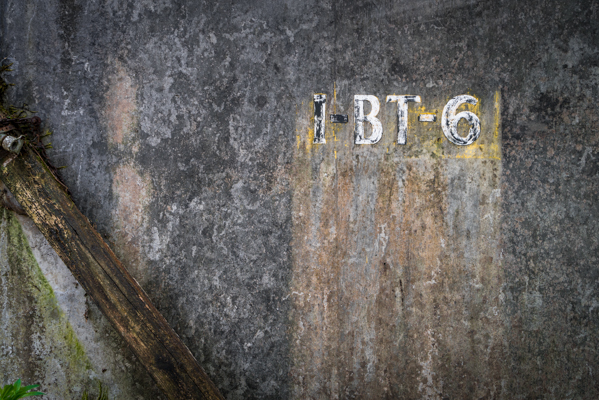
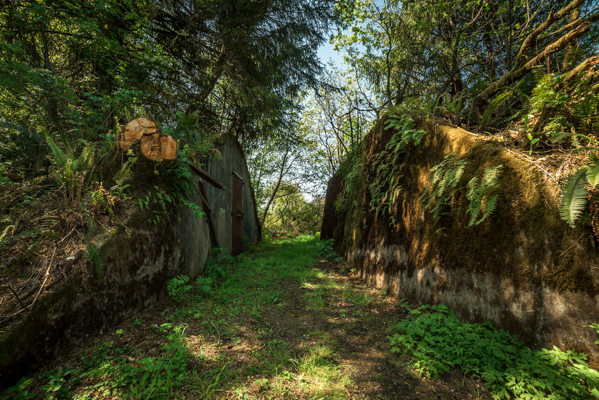

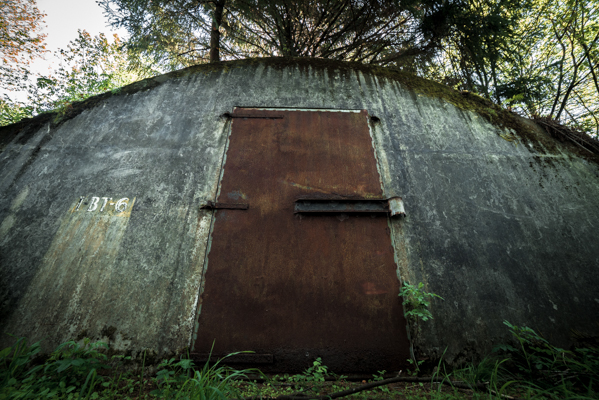
After Japan’s surrender in 1945, the need for these hangars was dismissed. A few short years later, in 1948, the base was decommissioned and has since become the core of Tillamook County’s industrial sector. During the same year of its decommission a man was sent out on one final job – to move an aircraft into San Diego, California. A chief aviation pilot by the name of Robert W. Smedley was tasked with the assignment to move an SB2C-5 Helldiver. Smedley was to carry the plane north into Astoria, over to Portland and finally down into southern California, only making it to Rockaway Beach before crashing into the forest. Years later, the crash was discovered by a group of loggers, and brought to attention of the museum. Studies have revealed that during the time of this crash, Robert was a married man, with a 7-month-old daughter named Susan Smedley.
One of few remaining documents found was a heartbreaking telegram sent only 11 days prior to the crash. The final words he had ever shared with his wife – “Coming home. Love: Bob.” Much more than a story of an abandoned or crashed aircraft, this contains remnants of a past life, showcasing just how fragile our existence is. At a moment’s notice, everything can crumble to pieces – there’s no telling when or how it’s all going to go.

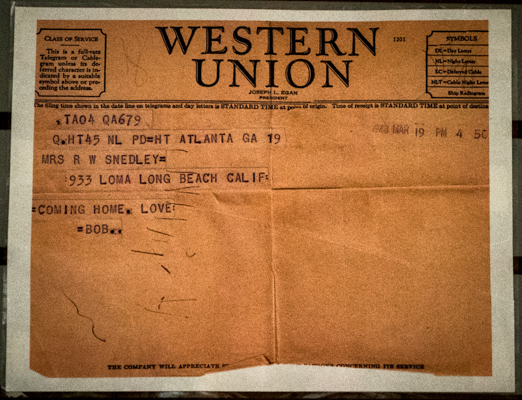

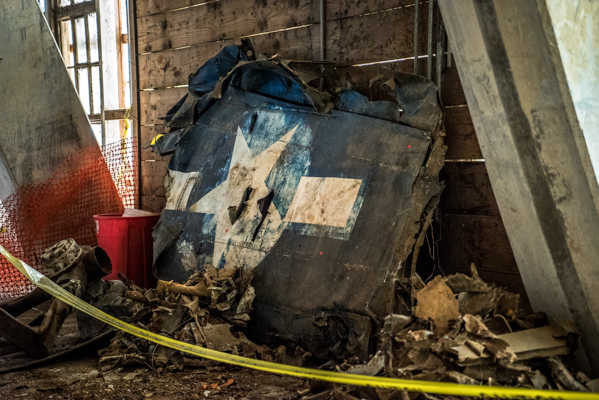

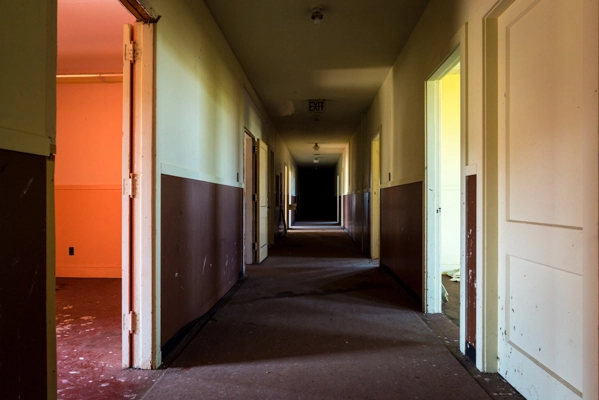

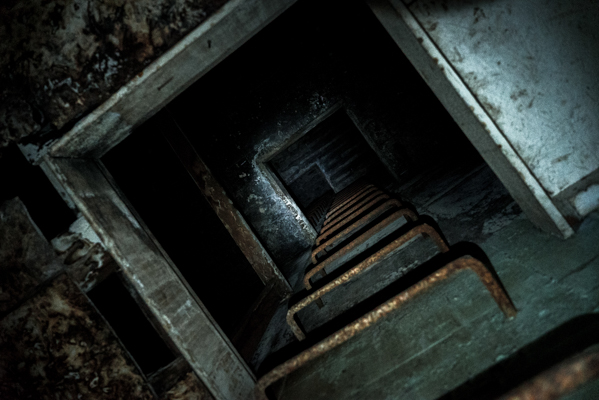






My friend, where does that beautiful and inviting ladder lead? I must know more! Did you adventure into those bunkers? I have known they were there but have not ventured to explore due to the fact I would be trespassing if I didn’t get permission first. Thank you for capturing these photos!
Hey! It’s actually a ladder leading up one of the towers on the corner of the hangar!
Any sign that the munitions bunkers were served by rail?
Fascinating story and amazing pictures! Curious as to where this is relative to the Tillamook Air Museum?
None of the munitions bunkers were ever served by rail. I lived on the old base back in ’96 and have seen many of the sights.